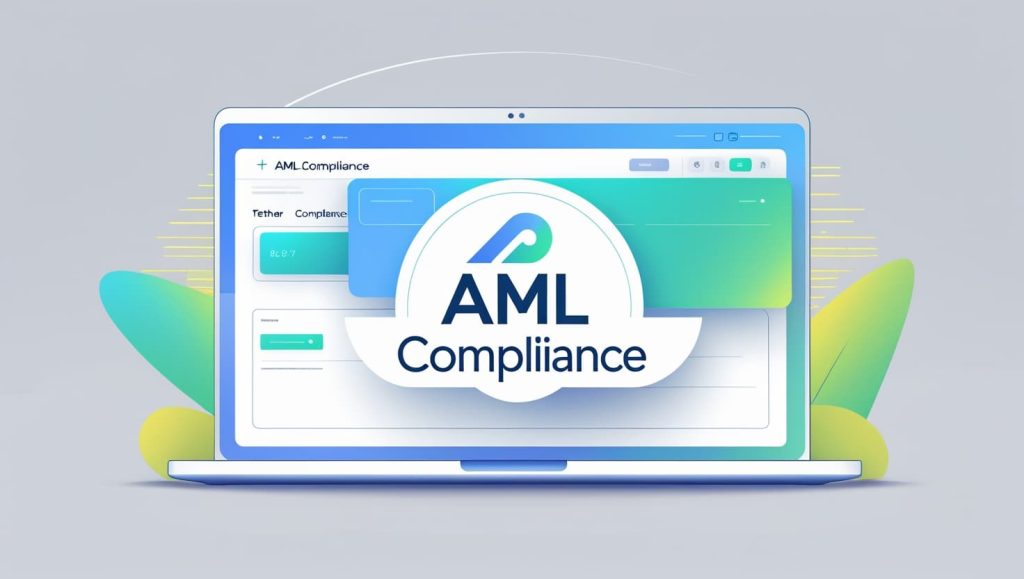Tether (USDT) is the largest USD‑pegged stablecoin, facilitating over $28 trillion in transactions in 2024 and holding nearly $99 billion in U.S. Treasury reserves . Its speed, liquidity, and global acceptance make it attractive for businesses but also pose significant AML risks, requiring Virtual Asset Service Providers (VASPs) to adopt FATF Recommendation 15 measures, including robust KYC, transaction monitoring, and Travel Rule compliance . Leading solutions such as Notabene’s Travel Rule platform and B2BinPay’s AML/KYT modules demonstrate practical implementations to share counterparty data and screen transactions in real time . This article walks through core compliance requirements, operational best practices, and real‑world case studies to help you integrate a compliant tether gateway payment system.
What Is Tether and Why It Matters
Tether (USDT) is a stablecoin pegged 1:1 to the U.S. dollar, combining the benefits of blockchain’s speed with fiat stability . As of May 2025, Tether’s market capitalization stands at approximately $99 billion, making it the most widely used stablecoin for cross‑border payments and settlements.
The Dual‑Use Nature of Stablecoins
While stablecoins enable instant global transfers at low cost, their pseudonymous nature can be exploited for illicit activities such as layering and rapid value transfers across jurisdictions. High‑risk platforms have already laundered billions, demonstrating the need for VASPs to implement strong AML safeguards.
Also read : Top Stablecoins for B2B Payments Gateway in 2025
The Regulatory Landscape for Tether Gateway Payments
FATF Standards and Virtual Assets
The Financial Action Task Force (FATF) extended its AML/CFT obligations to virtual assets and VASPs under Recommendation 15, mandating CDD, record‑keeping, and risk‑based monitoring. A targeted update in February 2023 emphasized urgent implementation of the Travel Rule for cross‑border transfers .
Jurisdictional Differences
AML requirements for tether gateway payments vary: in the EU and UK, banks and crypto firms must adopt a risk‑based CDD approach, including PEP and sanctions screening . In the U.S., FinCEN treats stablecoin issuers as money transmitters, subjecting them to state licensing and robust KYC rules.
Core AML Compliance Requirements
Customer Due Diligence (CDD) & KYC
VASPs must verify customer identities at onboarding, screen against PEP and sanctions lists, and maintain updated records . Ongoing monitoring should flag changes in risk profiles and trigger enhanced due diligence when needed.
Risk Assessment & Scoring
Develop a risk‑based framework to score customers and transactions based on factors like geography, transaction volume, and counterparty type. Higher‑risk profiles—such as those involving darknet marketplaces—require stricter thresholds and manual review .
Transaction Monitoring
Automated systems should monitor transaction velocity, large value transfers, and patterns indicative of layering or structuring . Thresholds for USDT transfers (e.g., over $10,000 in 24 hours) must generate alerts for compliance teams .
Also read : Tether Payment Gateway with KYC Compliance
Implementing Travel Rule Compliance
Understanding the FATF Travel Rule
The Travel Rule (Recommendation 16) requires VASPs to share originator and beneficiary information for transfers above defined thresholds, aiming to deter illicit cross‑border flows .
Notabene’s Solution for Tether
Tether has piloted Notabene’s protocol‑agnostic Travel Rule solution to securely transmit counterparty data alongside blockchain transactions, ensuring interoperability among compliant VASPs. This collaborative testing environment helps refine data formats and encryption methods before regulatory rollouts.
Operational Best Practices
Integration with Payment Processors
Choose gateway partners with built‑in AML/KYT modules that support real‑time sanctions screening and identity verification. Ensure APIs expose alerts for flagged transactions so your compliance team can respond promptly.
Continuous Training & Audits
Regularly train staff on evolving AML regulations, typologies, and red flags. Conduct internal and external audits to validate controls and update policies based on audit findings.
Leveraging Reg‑Tech & Automation
Adopt RegTech platforms for automated KYC, PEP/sanctions screening, and case management. Solutions from Alessa or Unit21 provide integrated workflows to streamline customer onboarding and monitoring .
Case Studies & Examples
High‑Risk Scenario: Layered Transfers
A compliance team detected multiple chained USDT transfers cycling through mixers and non‑custodial wallets, indicative of layering. By tightening velocity thresholds and requiring secondary verification for transactions above $50,000, the VASP disrupted the laundering chain and filed a suspicious activity report.
Success Story: Merchant Adoption
B2BinPay enables merchants to accept Tether with an extra AML verification layer before enrollment, conducting KYT on each transaction in real time to screen for sanctioned addresses and suspicious flows. This approach has allowed over 200 merchants to integrate USDT payments while maintaining full compliance.
Conclusion
Ensuring AML compliance in tether gateway payments requires a multifaceted approach: implementing the FATF Travel Rule through solutions like Notabene’s protocol, conducting thorough KYC and CDD at onboarding, and configuring risk‑based transaction monitoring thresholds (e.g., USD 10,000/24 hours) for USDT transfers. By partnering with licensed, AML‑focused gateway providers and leveraging RegTech tools for real‑time screening and case management, businesses can mitigate money‑laundering risks while maintaining seamless customer experiences . Continuous staff training, regular policy audits, and staying abreast of evolving FATF and FinCEN guidelines will ensure your tether gateway payment system remains resilient against emerging threats.









